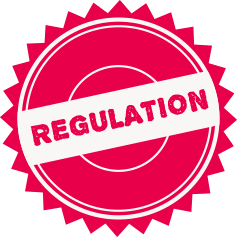Discipline Versus Punishment
Guidance, or discipline, involves helping children learn which behaviors are okay and which ones are not. Guidance also involves supporting children as they develop self-discipline and self-control. As children learn to play cooperatively with others, guidance helps them to develop appropriate ways to express feelings, needs and opinions.
Although the words “discipline” and “punishment” are often used to mean the same thing, they are actually very different.
The goal of “punishment” is to stop inappropriate behavior. When punishment is used, children learn to avoid being “caught.” They may become afraid of the adults who punish them.
The goal of “discipline” is to teach and encourage appropriate behavior.
You can effectively guide children’s behavior when you:
- Understand why children behave as they do.
- Use positive guidance strategies that are both age appropriate and individually appropriate.

What the regulations say about guidance
Type I centers and Type II licensed homes (922 KAR 2:120)
A child shall not be subjected to [Sec 2 (10 a – c)]:
- Corporal physical discipline, as prohibited by KRS 199.896(18);
- Loud, profane, threatening, frightening, or abusive language; or
- Discipline that is associated with:
- Rest;
- Toileting; or
- Food.
Certified family child care homes (922 KAR 2:090)
Use of corporal physical discipline shall be prohibited including the use of spanking, shaking, or paddling, as a means of punishment, discipline, behavior modification, or for any other reason pursuant to KRS 199.896 (18). [Sec 12 (14)]
Registered child care providers (922 KAR 2:180)
Corporal physical discipline, as prohibited including the use of spanking, shaking, or paddling, as a means of punishment, discipline, behavior modification, or for any other reason pursuant to KRS 199.896 (18). [Sec 4 (14)]
